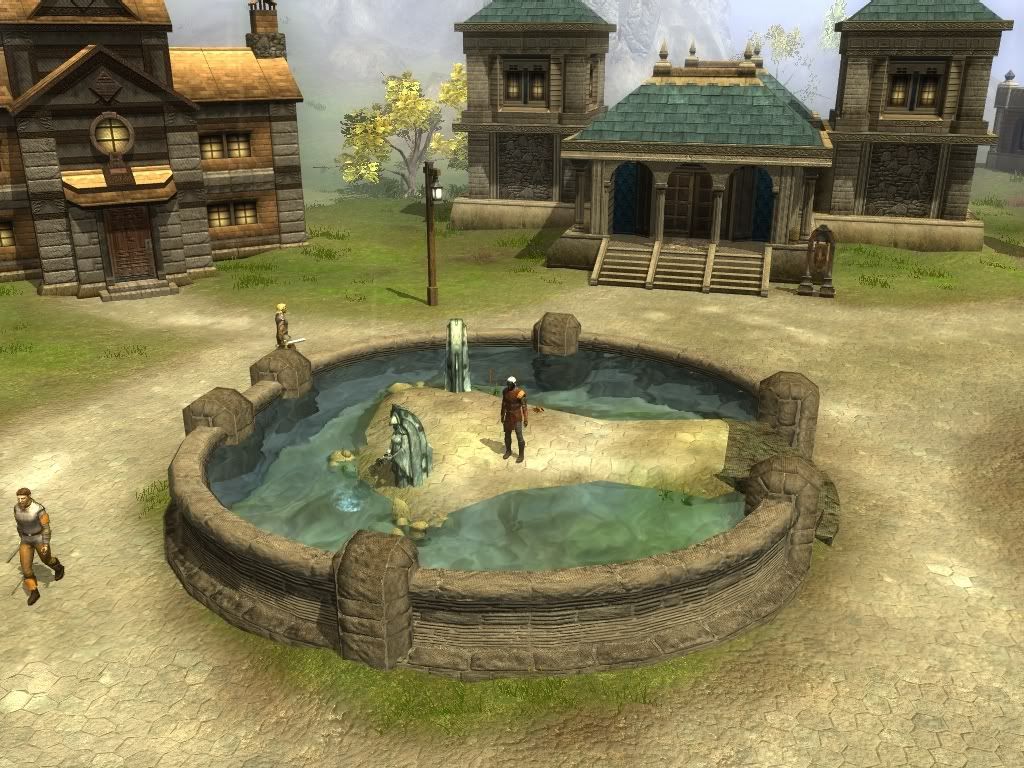Every builder has gone through the process of making an area/character/conversation/cutscene in line with their idea/design document/auguries of fate/pick your inspiration of choice, and finished it with a sense of joy and achievement. Often, the builder is then likely to leave it alone and not touch it again until they are ready to bug test/release their module. Especially in a work/professional environment, this is necessary in order to meet deadlines. However, where possible, I would strongly encourage people to go back and look at previously completed work a month or two later, and re-imagine and refine that work (making sure to keep its scope the same).
There are numerous reasons why. From a bug testing point of view, you've got the exact nuances of the work out of your head, which will sometimes result in you doing things in a fashion you hadn't thought of during the creation process - and help you identify a bug or inconsistency. I've picked up a few such inconsistencies or conversation flow anomalies in a couple of side quests by going back and checking them over the past week.
The second major reason to revisit is to help improve overall coherence. Part of the work I've been doing lately has been improving my introductory sequence. I've seen many good books on game design or writing suggest that you do the introduction last! While this might seems strange, just for starters, it means that you don't spend all your time on this segment of the game and hence let the rest of the game suffer. It also means there is a clear idea of where the story is headed, hence giving you the best opportunity for throwing in bits of information or ties to the main sequence of the greater plot. Mask of the Betrayer and Mass Effect do this very well. In the introductory sequences of both, there are key points of the plot that you are exposed to (I won't go into details to avoid potential spoilers) that you don't realise are significant until quite a bit later.
Lastly, revisiting allows you to take advantage of any improvements in your knowledge or work processes that you hadn't come across when you were developing it the first time around. I know I've been finding quite a few things lately that have allowed me to improve little things in my module, whether it be changing the appearance of tiles (yes, I know that sounds hideously basic, but I'd manage to miss how to include variations!), scripted waypoints, playing with weather and sounds via scripts, or whatever new trick you've just discovered. Or you could have just got better at area design. For example, take my redesign of my fountain in the rich quarter, which went from its old, original, and somewhat stale design below...

To the new...

Ignoring the obvious considerations of camera position and lighting, the latter has significantly more aesthetic appeal. The first consisted of two placeables, some water, reeds and rocks (not visible in that screenshot), whereas the second includes terrain, placeables, water, grass, tinting, and visual effects. Yes, the second involves significantly more effort, but I didn't necessarily have the skill to do it the first time around. (Or at least, I wouldn't have been able to do it as well!)
So in closing, don't be afraid to revisit and re-imagine. You'll likely be pleased you did, and so will your players!

3 comments:
good advice - although ifind it very hard to go back and make major modification to an almost finished area - for me it's normally either make do or make it again
I totally agree with your idea on going back. When doing a large module areas early areas have a tendency to get "out-dated" and look less good than the last ones. The same applies to dialogues and scripting.
I will agree that sometimes after you've designed a few areas you may go back over your old ones and see that they don't seem to compare to your newer ones.
Mostly I suspect because you learn each time you use the toolset, and sometimes while you are building you learn a lot from the time you started and go back and go... hmm I could have done this better but I didn't know how to do it back then.
Post a Comment